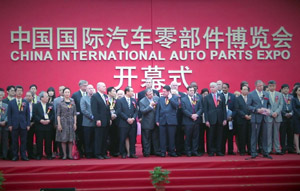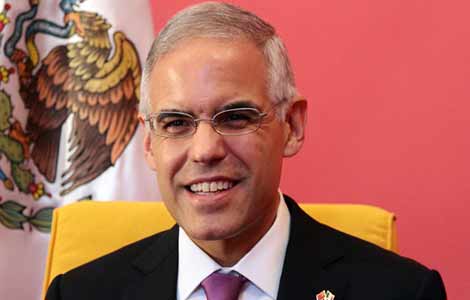A taste of Russia
Updated: 2013-09-19 07:49
By Ji Xiang (China Daily)
|
||||||||
Suifenhe's location on the border of Vladivostok has given this Chinese city a distinctly Russian feel.
China and Russia have had close ties throughout much of the past century, particularly during World War II when Soviet troops fought against the Japanese in Northeast China.
Suifenhe, a city in Heilong-jiang province, was the scene of heavy fighting during that period, but its connections to Russia go back well before the war and continue today.
Sitting on the border with Russia, it is a part of China, but with a distinctly Russian feel that runs through its architecture, culture and food.
It's also an important gateway between China and Vladivostok, frequently used by businesspeople and tourists alike.
Here are some of the city's main attractions:
St. Nicholas Church
Typically Russian in appearance with a steeple rising above the surrounding buildings, St. Nicholas Church has played an integral part in the city's history.
Constructed of wood in 1898, it was destroyed by fire in 1908 and then rebuilt in stone in 1913.
Throughout the years the church has witnessed many uses, which reflect the city's history and development. In 1950 it was used as a club to entertain soldiers; in 1982 the local government began using it as offices; and in 2006 it was redecorated to welcome tourists.
The church is just 400 meters from Suifenhe train station, also known as Frontier Station, the final stop on the Chinese Eastern Railway, which brought merchants and missionaries to the city and helped Christianity to take root.
Troika
Named after the Russian folk song Troika, this park offers visitors a taste of Russia without crossing the border.
Spread across 6,000 square meters, it has bars, restaurants, Russian baths and folk dancing displays.
Opened in 2007 by a Russian businessman who saw the potential of a place celebrating the city's Russian influence, the park is a draw for both Chinese and Russian tourists.
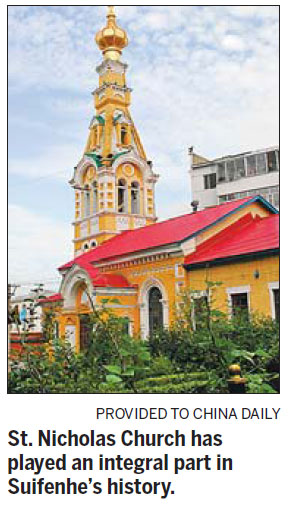
Daguangming Temple
Sitting on the southern side of Tianchang Mountain, this temple is home to more than 10 halls and has been an important religious site throughout the ages.
Within its grounds is an eight-armed alabaster statue of Guanyin, a figure associated with compassion and venerated by East Asian Buddhists. It was the first open-air statue of its kind and remains the tallest in China's northeast.
There are also 3,348 Amitabha statues and 1,280 Gautama Buddha statues.
The temple buildings encompass a wide range of architectural styles: Daxiong Hall is in a Tang Dynasty (AD 618-907) style; the drum and bell towers in a Ming Dynasty (1368-1644) style; and Tianwang Hall resembles a Confucian temple.
The temple is home to a self-sufficient community of Buddhist monks who farm the surrounding fields.
Suifenhe Museum
For a comprehensive picture of the city's history and culture, head to Suifenhe Museum, which is in the picturesque Beihai Park.
The museum building is an attractive homage to Chinese culture, with elements of traditional pagodas and pavilions incorporated into its design.
Opened in 1998, the museum displays more than 3,000 relics, around 100 of which are considered highly precious.
The museum focuses both on ancient Chinese history in the region and on modern development up to the 1970s.
jixiang@chinadaily.com.cn
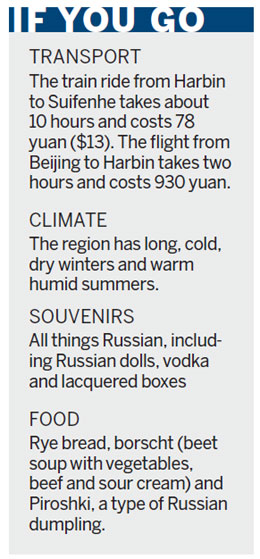
(China Daily USA 09/19/2013 page7)

 iPhone 5s, iPhone 5c hit Chinese market
iPhone 5s, iPhone 5c hit Chinese market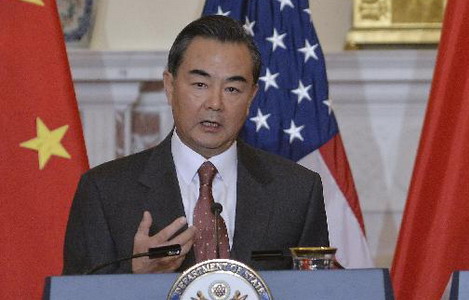
 China to play 'constructive' role on Syria: FM
China to play 'constructive' role on Syria: FM
 iPhone 5s, iPhone 5c hit Chinese market
iPhone 5s, iPhone 5c hit Chinese market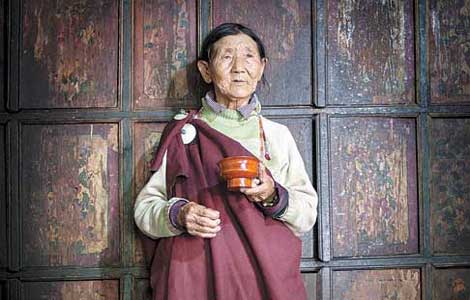
 Faces of Tibet
Faces of Tibet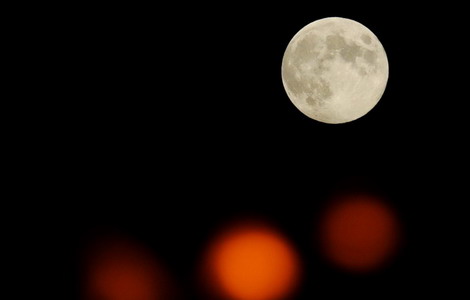
 Full moon across China
Full moon across China
 Wearable technology, the new game-changer
Wearable technology, the new game-changer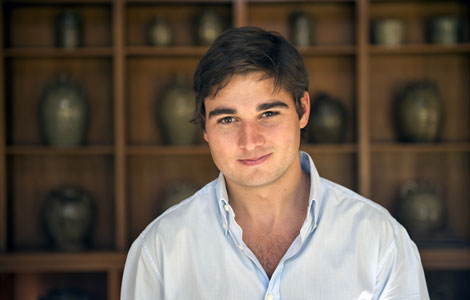
 Tapestry of Chinese culture and a Harvard teen's feeling
Tapestry of Chinese culture and a Harvard teen's feeling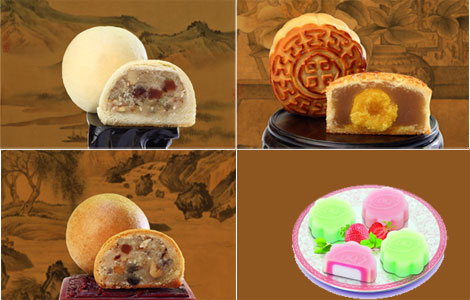
 A simple but pure festival tradition
A simple but pure festival tradition
Most Viewed
Editor's Picks
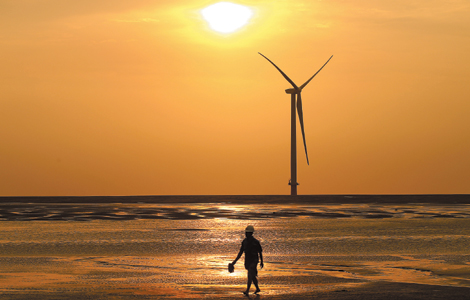
|

|

|

|

|

|
Today's Top News
UN lauds China on food waste efforts
Chinese firms face trust deficit
13 injured in Chicago park shooting
Wang and Kerry meet in DC
Belgian zoo owner set to host Chinese pandas
Trending news across China
Fast-track process sees more NGOs
Beijing sends out positive smoke signals
US Weekly

|

|
